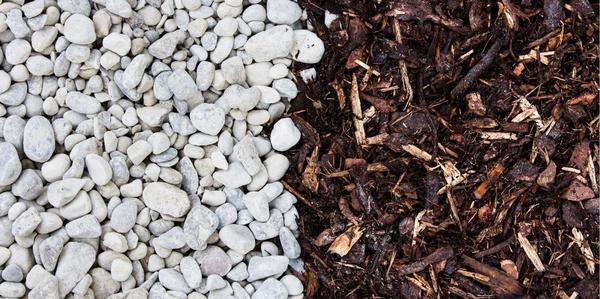- Home >
- Gardening Essentials
Gardening Essentials
Select the category below you wish to browse
- Fertilisers & Sprays
 Fertilisers & SpraysOderings Garden Centres have quality fertilisers and sprays to feed and protect your plants and garden. Read MoreFertilisers & Sprays
Fertilisers & SpraysOderings Garden Centres have quality fertilisers and sprays to feed and protect your plants and garden. Read MoreFertilisers & Sprays - Pots & Planters
 Pots & PlantersA large selection of indoor pots in a range of materials and styles, to suit every plant ans your home. Read MorePots & Planters
Pots & PlantersA large selection of indoor pots in a range of materials and styles, to suit every plant ans your home. Read MorePots & Planters - Watering
 WateringOderings stock a wide range of watering systems so you can find the best solution to your gardens watering needs.Read MoreWatering
WateringOderings stock a wide range of watering systems so you can find the best solution to your gardens watering needs.Read MoreWatering - Tools & Gloves
 Tools & GlovesChoose from our range of top quality tools and protective gear to keep your gardening safe and simple.Read MoreTools & Gloves
Tools & GlovesChoose from our range of top quality tools and protective gear to keep your gardening safe and simple.Read MoreTools & Gloves - Frost Protection
Frost ProtectionA range of frost protection products for your plants.Read MoreFrost Protection
- Garden Stakes
 Garden StakesDurable and stylish garden stakes for all your plant support needs. Our collection offers a variety of sizes, materials, and designs to keep your plants thriving and secure.Read MoreGarden Stakes
Garden StakesDurable and stylish garden stakes for all your plant support needs. Our collection offers a variety of sizes, materials, and designs to keep your plants thriving and secure.Read MoreGarden Stakes - Bulk Supplies
 Bulk SuppliesOderings Garden Centres supply a wide range of landscaping supplies including bagged, bulk and the the metre goods. Read MoreBulk Supplies
Bulk SuppliesOderings Garden Centres supply a wide range of landscaping supplies including bagged, bulk and the the metre goods. Read MoreBulk Supplies - Garden Maintenance
 Garden MaintenanceAll the products to help your garden remain healthy and vibrant.Read MoreGarden Maintenance
Garden MaintenanceAll the products to help your garden remain healthy and vibrant.Read MoreGarden Maintenance - Lawns
 LawnsMake your lawns healthy and vibrant. Everything you need for perfect lawnsRead MoreLawns
LawnsMake your lawns healthy and vibrant. Everything you need for perfect lawnsRead MoreLawns - Propagation
 PropagationGive your plants the best start in life with these easy to use products. Pots for seed raising and propagating cuttings.Read MorePropagation
PropagationGive your plants the best start in life with these easy to use products. Pots for seed raising and propagating cuttings.Read MorePropagation - Popadomes
 PopadomesPopadome tents are an environmentally friendly solution to garden pest control.Read MorePopadomes
PopadomesPopadome tents are an environmentally friendly solution to garden pest control.Read MorePopadomes - Aquatic Accessories
 Aquatic AccessoriesA range of aquatic accessories products for your gardenRead MoreAquatic Accessories
Aquatic AccessoriesA range of aquatic accessories products for your gardenRead MoreAquatic Accessories - Young Gardeners
 Young GardenersShop our Young Gardeners section to find something for the up and coming gardeners in your life. Read MoreYoung Gardeners
Young GardenersShop our Young Gardeners section to find something for the up and coming gardeners in your life. Read MoreYoung Gardeners
Prices may vary between North and South Island stores.








